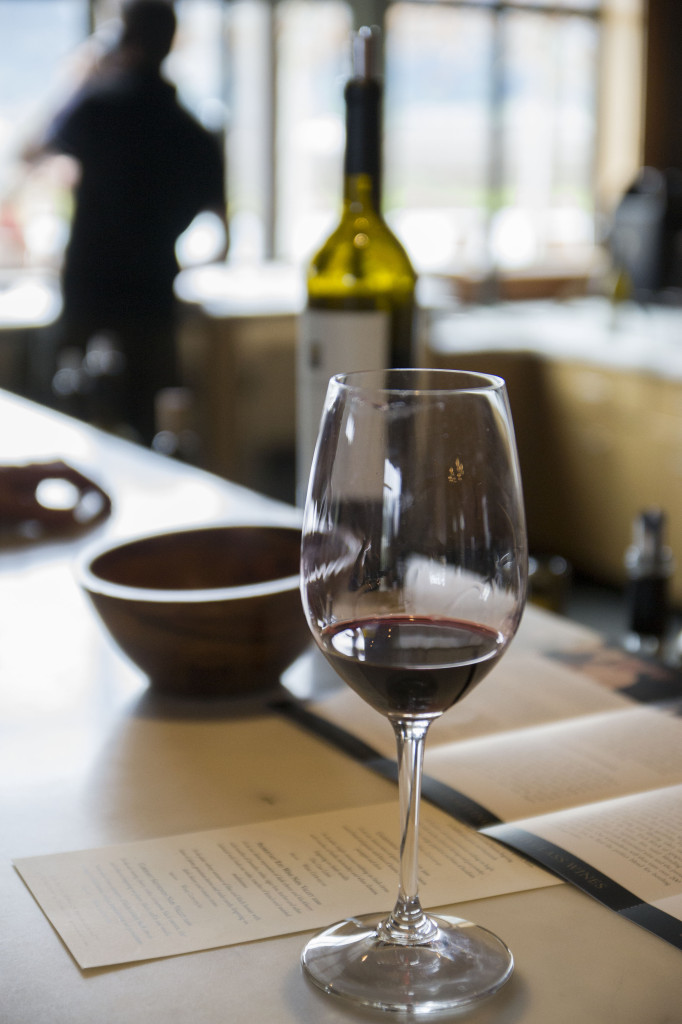CHIC & SAUCY: 6 Things You Should Know About Wine

Chic & Saucy covers fine dining in Philly with an equal emphasis on food and flair
Inspired by my recent tour to Napa Valley, king of American wine country, I was surprised by how many facts are commonly misconstrued about wine. Here are some tidbits to take home and impress your friends, date, or fellow trivia geek.
- Sparkling wine is only called Champagne if it is grown in the Champagne region of France. Not only that, European wines are labeled according to their geographic location (Burgundy, Rioja, Bordeaux), as Europe has a long history of growing grape varietals by soil and climate type. However, in the United States, wines are labeled by their grape varietal (Merlot, Chardonnay, Pinot Noir).
- What is tannin? Tannin is a naturally occurring polyphenol that gives wine structure and astringency. Tannic wines are often described as “chewy.” They are most commonly found in red wines and are important for the wine aging process.
- Size matters. Not only are the size and shape of wine glasses important in terms of aesthetics, they also impact the way we smell, taste, and perceive wine. Red wine glasses have a larger bowl with a wider surface area to trap air into the wine, and they also amplify the wines’ aromas. Sparkling wine glasses are tall and narrow to preserve carbonation.
- Types of Chardonnay. Chardonnay can be made with or without the use of oak barrels. Unoaked chardonnay tastes light, fruity, and crisp. In contrast, oaked chardonnay takes on fuller flavor profiles of toast, vanilla, and caramel. For even more variation, some chardonnays undergo malolactic fermentation, which gives it a buttery, nutty quality.
- Aging wine. Not all wines are meant to be aged. In fact, a majority of wines are designed to be consumed within 1-5 years. Tannin is the principal factor in the aging process. Therefore highly tannic red wines, like cabernet sauvignon and malbec, are some of the most age-worthy wines. Nonetheless, some more full-bodied white wines, such as Chardonnay, also age elegantly.
- Aerating wine. The process of aeration allows wines to breathe and enhances their drinkability, which is especially important for tannic wines. Aeration can be achieved primarily by swirling wine in your class or by decanting.
-Raquel Macgregor

